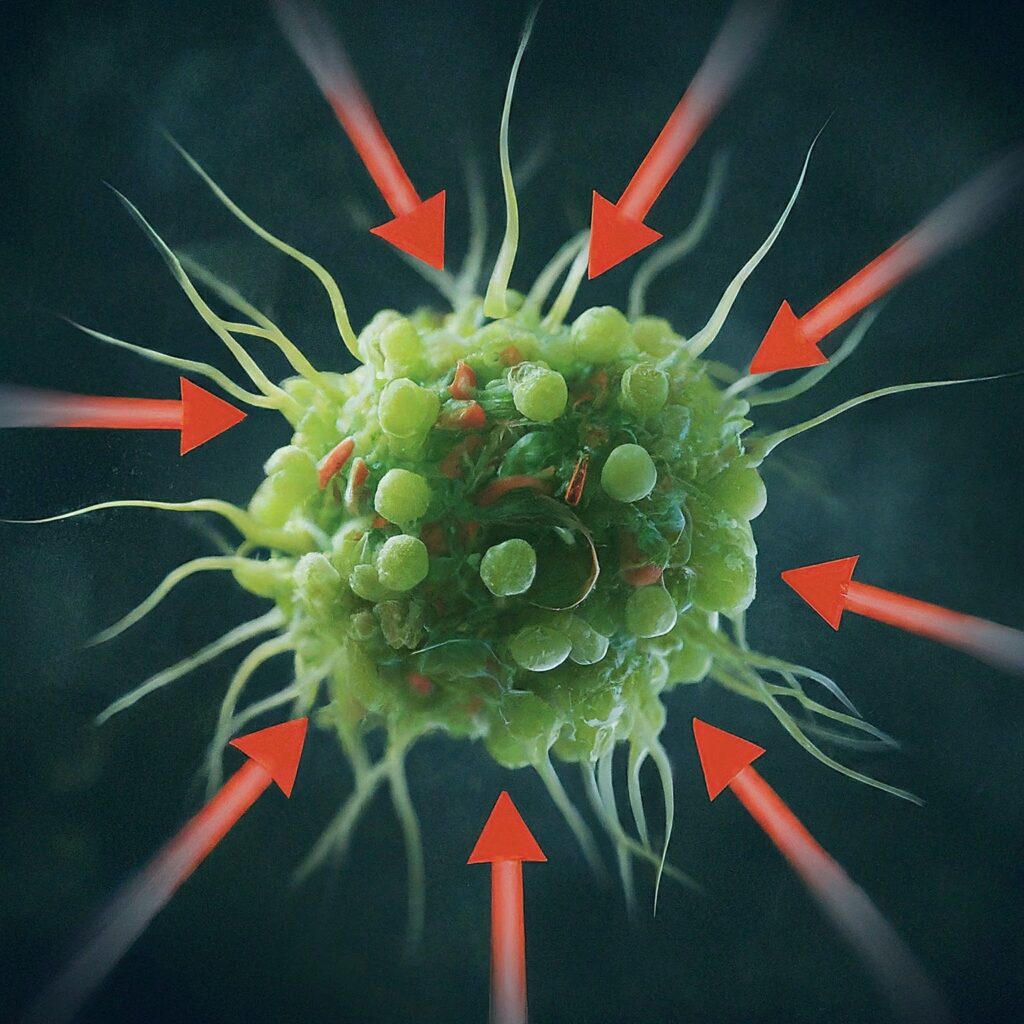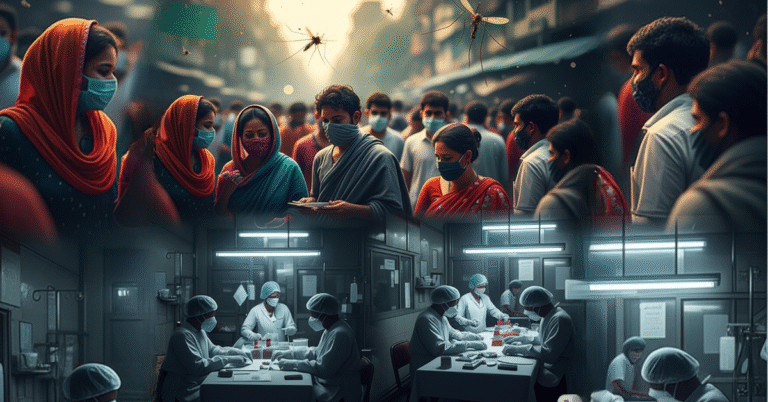The term “superbug” conjures images of monstrous bacteria impervious to all our defenses. While the threat of antibiotic resistance is very real, the narrative doesn’t have to be one of sheer terror. This article dives into the science behind superbugs, explores the reasons for their emergence, and offers solutions we can all embrace to combat this growing problem.

By Gemini
Antibiotics: A Double-Edged Sword
Antibiotics revolutionized medicine, saving countless lives from bacterial infections. However, their overuse and misuse have created selection pressure. Bacteria are constantly evolving, and some develop resistance mechanisms to the antibiotics we throw at them. These resistant bacteria are superbugs – a growing threat in hospitals, communities, and even farms.
The Sinister Six: Common Antibiotic-Resistant Bacteria
Here are some of the most notorious superbugs and the infections they cause:
- Methicillin-resistant Staphylococcus aureus (MRSA): Skin and hospital-acquired infections
- Vancomycin-resistant Enterococcus (VRE): Hospital-acquired infections, especially after antibiotic use
- Escherichia coli (E. coli) resistant to extended-spectrum cephalosporins (ESBL-E. coli): Urinary tract infections, bloodstream infections
- Klebsiella Pneumoniae resistant to carbapenems ( carbapenem-resistant Klebsiella, CRKP): Pneumonia, bloodstream infections
- Clostridium difficile (C. Diff): Diarrhea, often associated with antibiotic use
The Multifaceted Threat: How Superbugs Emerge
The rise of superbugs isn’t a singular event – it’s a complex issue with several contributing factors:
- Overuse and Misuse of Antibiotics: Taking antibiotics when not necessary (like for viral infections) or not completing the full course puts pressure on bacteria to evolve resistance.
- The Rise of Hospital-Acquired Infections: Overcrowded hospitals and frequent antibiotic use create breeding grounds for resistant bacteria.
- The Global Antibiotic Chain: The widespread use of antibiotics in agriculture can also contribute to resistance, as these drugs can reach the environment and water sources.
Beyond the Nightmare: Solutions We Can All Embrace
Combating superbugs requires a multi-pronged approach:
- Stewardship: Doctors need to prescribe antibiotics judiciously and only when truly necessary. Patients should take antibiotics exactly as prescribed and never share them with others.
- Infection Prevention: Rigorous handwashing, proper hygiene in hospitals, and responsible use of antibiotics in agriculture can all help curb the spread of resistant bacteria.
- Antibiotic Development: Research and development of new antibiotics and alternative treatments are crucial to stay ahead of resistance.
Empowering Ourselves: Your Role in the Fight
You can be part of the solution! Here’s how:
- Talk to your doctor: Discuss the need for antibiotics before taking them.
- Complete the full course: Don’t stop taking antibiotics just because you feel better.
- Practice good hygiene: Frequent handwashing and proper sanitation are key to preventing infections.
- Support responsible farming: Look for meat raised without routine antibiotic use.
A Brighter Future: A United Front Against Superbugs
Superbugs pose a serious threat, but it’s not an unwinnable battle. By understanding the science, embracing responsible practices, and supporting research, we can prevent the nightmare of antibiotic resistance from becoming reality.
Knowledge is power. By educating ourselves and taking action, we can all be part of the solution in this fight against superbugs.
References:
- Centers for Disease Control and Prevention (CDC): https://www.cdc.gov/drugresistance/index.html
- World Health Organization (WHO): https://www.who.int/health-topics/antimicrobial-resistance



